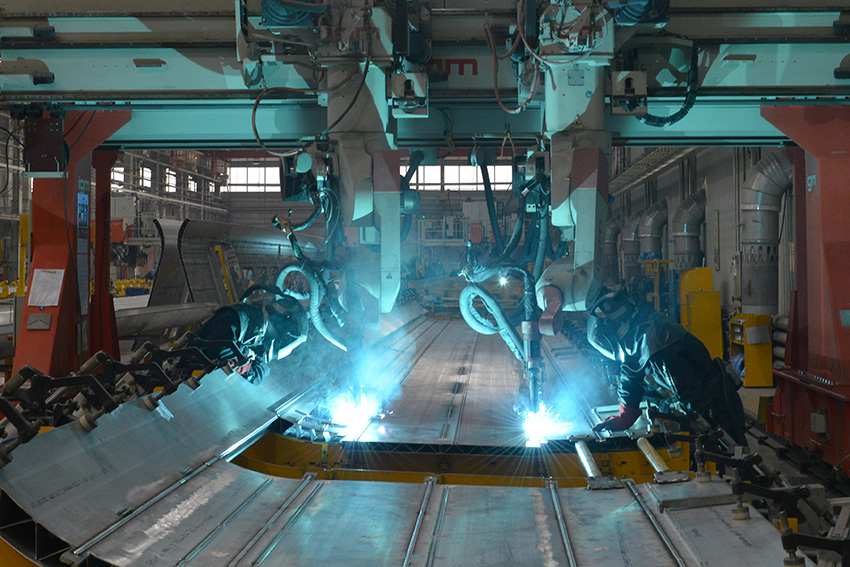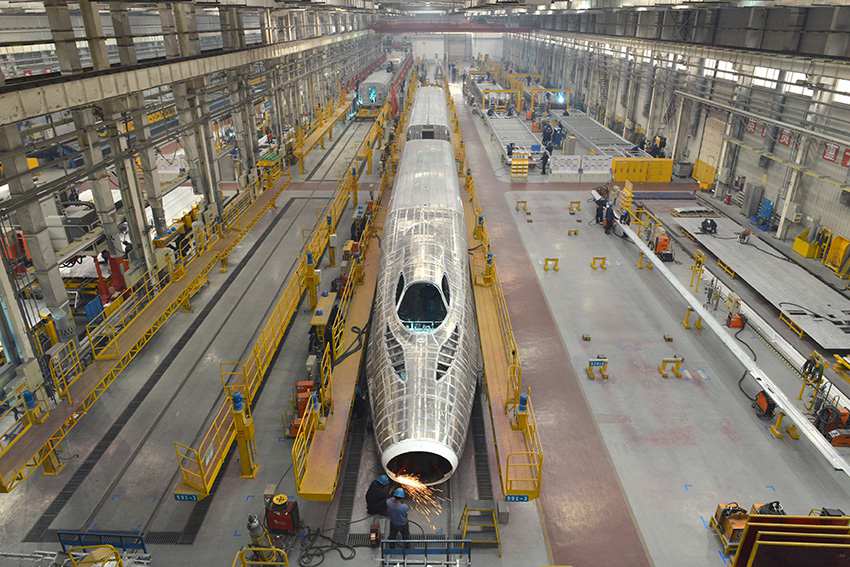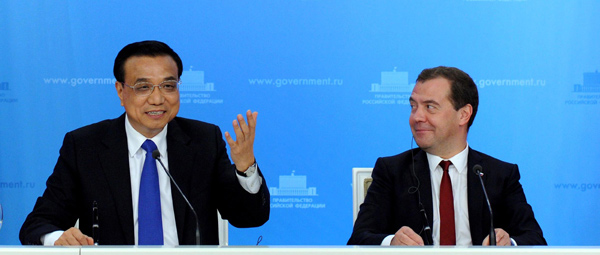Continuing on in response to Gregor's complaint:
As I noted previously, patents expire and are superseded by improvments, so they have limitations in their value. The business trick is to maximise the profit you can make from the patented technology before it expires or is superseded.
I'm using GM as an example of how that might be done. GM is an example of a highly profitable and successful American company that has done well out of the Chinese market, by being willing to manage their technology transfer in return for access to the largest market in the world.
Here's what Forbes magazine had to say about GM in China:
10/11/2013
How General Motors Wins The Minds And Wallets Of Chinese Consumers
How did GM do it? Four ways:
First, by getting there early. GM’s first China venture dates back to 1997, with the formation of the Shanghai General Motors Company Ltd, or Shanghai GM, to manufacture and sell its Chevrolet, Buick, Cadillac, and Opel brands on the domestic market.
Second, by forging joint ventures with local producers. Local partnerships are very important for every company that expands its overseas presence. This is especially true in China, where local partners have close ties to the Communist Party (read Government) — which determines who will be in what business and for how long.
In all, GM has 12 joint ventures that offer the broad line of vehicles and brands sold under the Baojun, Buick, Cadillac, Chevrolet, Jiefang, Opel and Wuling brands. During the first nine months of 2013 as a whole, sales by GM and its joint ventures in China increased 11.1% on an annual basis to a record 2,312,418 units. Sales by Shanghai GM were up 14.9% year on the year to 1,111,129 units, sales by SAIC -GM-Wuling were up 8.1% to 1,156,778 units and sales by FAW-GM were down 0.5% to 41,063 units.
In addition, Buick sales rose 17.6% year on year to 606,330 units, Chevrolet sales were up 3.7% to 472,561 units, Cadillac sales increased 51.2% to 32,238 units, Wuling sales were up 9.8% to 1,087,591 units and Baojun sales grew 27.8% to 69,187 units.
Third, through localization. Some Buick models and some small Chevys, for instance, have been branded for the Chinese market. The same is true for electric vehicles, aggressively promoted by the Chinese government.
Fourth, innovation. GM is adopting China’s “commercialization model,” which brings new products to the market quickly.
As China’s GM President Kevin Wale put it in an interview:
“What China does better than any place else in the world is to innovate by commercialization, as opposed to constantly researching and perfecting the theory, like the West. When the Chinese get an idea, they test it in the marketplace. They are happy to do three to four rounds of commercialization to get an idea right, whereas in the West, companies spend the same amount of time on research, testing, and validation before trying to take products to market.”
The west's problem is that the world is changing quickly, and people, used to the world as it was, find it difficult to change with the world.
I believe that I can promise you that in 20 years time, the west will be seeking technology transfers from Chinese companies.








